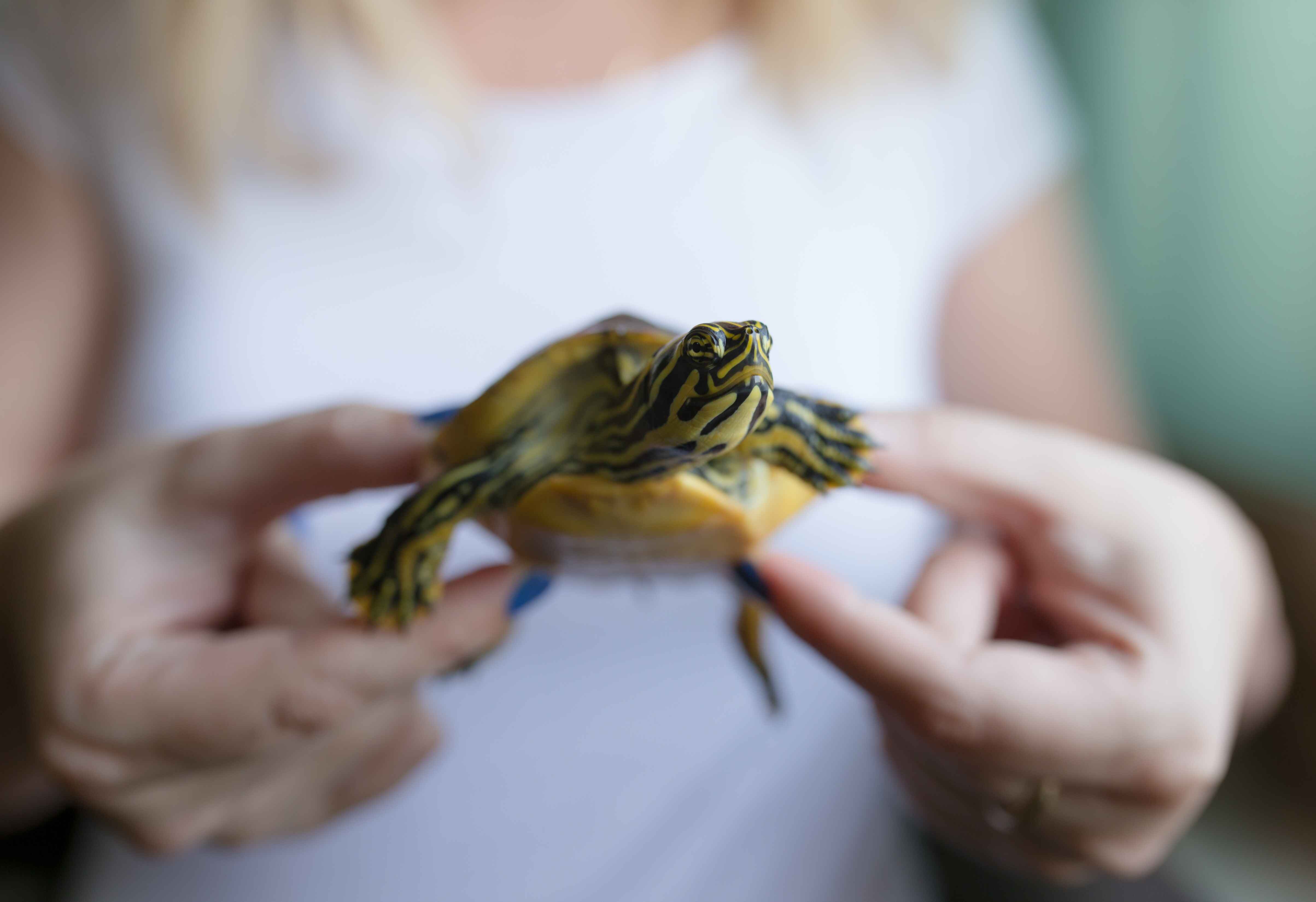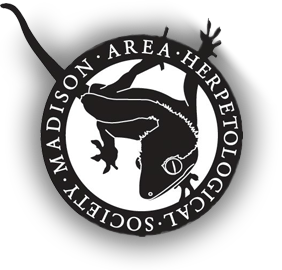Yellow-bellied sliders

Yellow-bellied Entertainers
Yellow-bellied sliders are among the most popular pet turtles. They are easily identified by their namesake underbelly which is yellow with black spots, as well as their distinct yellow-striped shells.
They are considered a moderately easy species of turtle to care for, but can grow quite large and regularly live a very long time. In captivity, these creatures have been known to live for up to 40 years. They are generally curious and friendly reptiles that tend to have unique personalities. If you’re looking for a longtime companion, the yellow-bellied slider can be an entertaining and special pet for you.
Native Habitat
Yellow-bellied sliders are native to the southeastern U.S., ranging from Florida to Virgina. They are diurnal creatures that are most often found active during day, basking in the sun. As an aquatic reptile, they spend most of their time in water but require warm basking areas to dry off before resting.
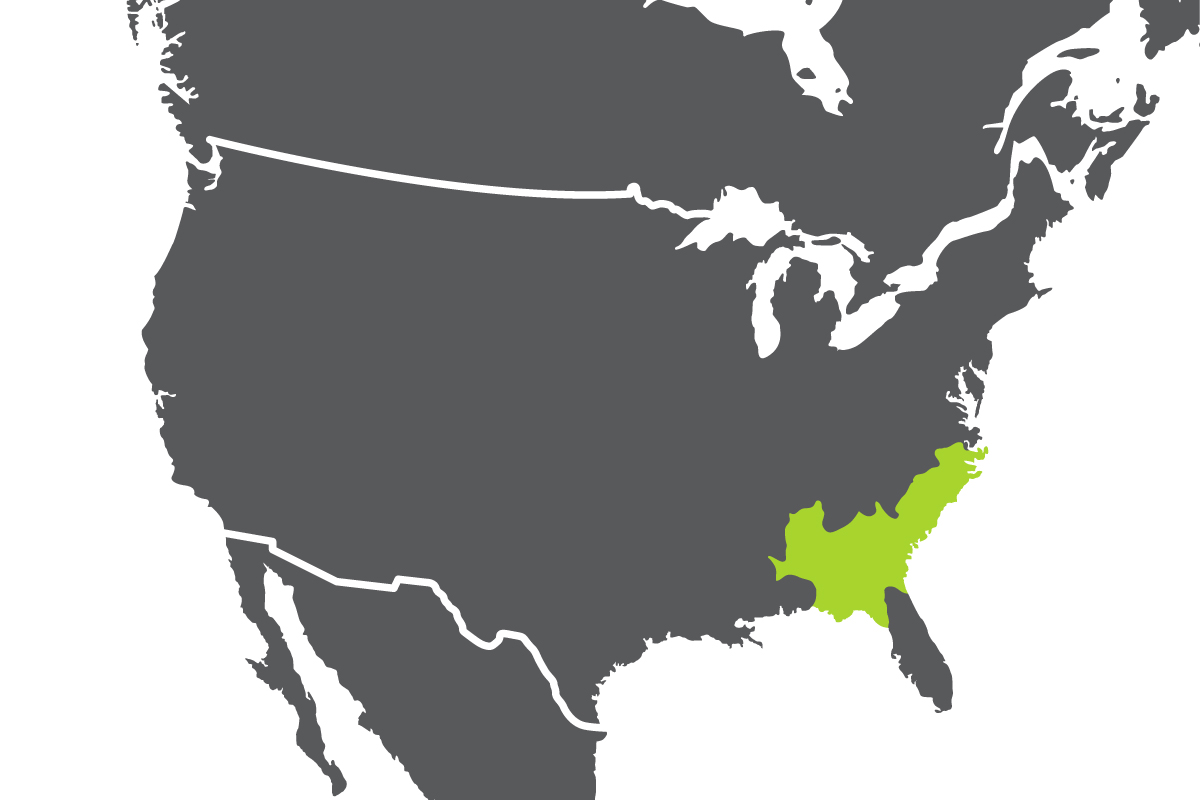
Recommended Housing And Accessories
Yellow-bellied sliders require large aquariums as adults, ideally 75 to 100 gallons. The Aqueon Standard Glass Terrarium comes in multiple sizes and can be paired with a secure screen such as the Zilla Screen Cover with Center Hinge.
Yellow-bellied sliders are messy, so a strong filter is even more of a necessity for them than others. Without a filter, you will need to do a weekly or biweekly partial water change replacing at least 30% of the enclosures water. With a powerful filter like Aqueon Quietflow® Canister Filter you can reduce water checks to every two weeks and clean the entire enclosure once every 3 months.
Water care products like Zilla Water Conditioner, Zilla Miracle Ball, and Zilla PURE can help maintain clean water while significantly reducing time spent on upkeep.
Turtles need to bask in order to warm up and regulate their metabolism. Provide a dry basking area with accessories like the Zilla Freestanding Floating Basking Platform or Zilla Basking Platform Ramp.
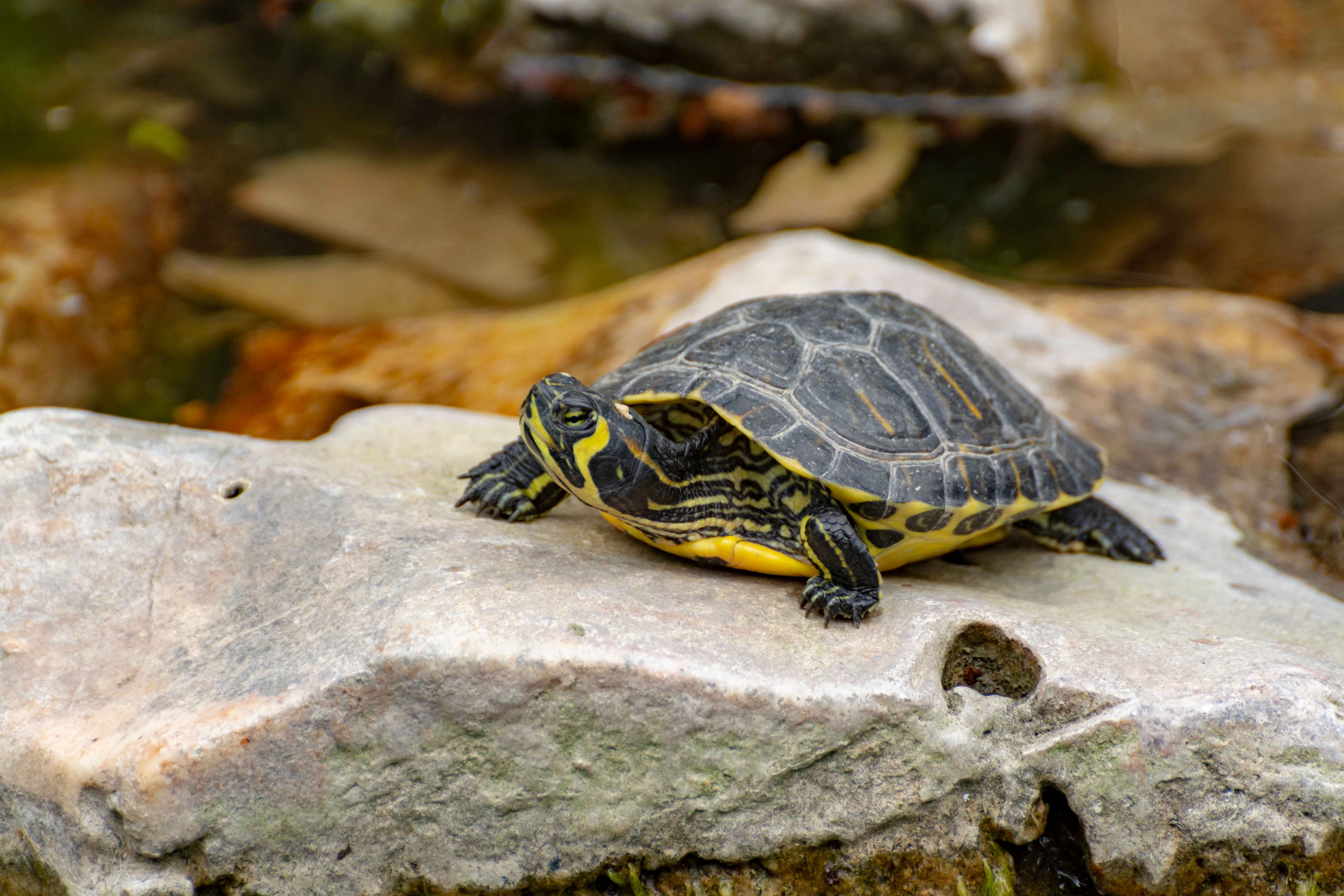
Temperature and Lighting
Yellow-bellied sliders require a thermal gradient in their habitat – a warm side and a cool side. An ideal temperature range is between 75-80°F in water and 88°F in the basking area. The gradient can be created with Zilla Incandescent Spot Bulbs or Zilla Mini Halogen Bulbs. You can also use heat emitters like the Zilla Aquatic Reptile Heater to help with consistent overall warmth.
UVA and UVB is a necessity for a healthy turtle. Indoor turtles require UVB lighting and supplemental heat lights for 10-12 hours a day. Make sure to provide access to UVA/UVB on basking platforms using any Zilla Fluorescent UVA/UVB bulb. Remember to replace bulbs every 6 months.
For more information on UV lighting, read Understanding UVA, UVB, and UVC Reptile Lighting.
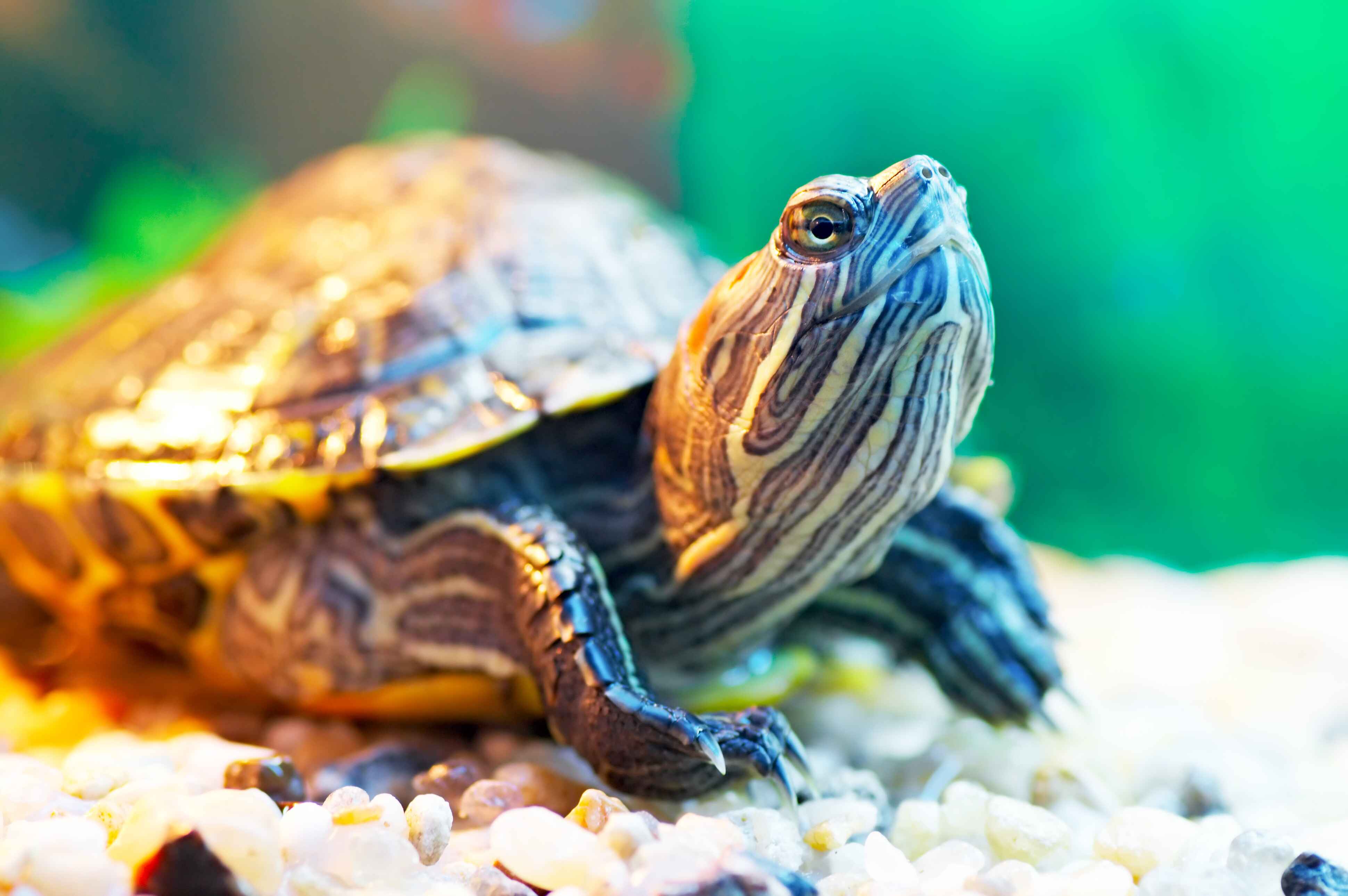
Feeding and Diet
Juvenile yellow-bellied sliders and hatchlings should eat twice a day, and their diet should lean towards carnivorous. In adulthood (age 2 to 5), their diet should consist of mostly vegetables. Offer a variety of items including aquatic turtle pellets like Zilla Turtle Sticks, leafy greens, and occasional insects or fish. Zilla River Shrimp or Turtle Chasers are popular treats for aquatic turtles.
Check the Zilla Feeding Guide for a list of appropriate food options.
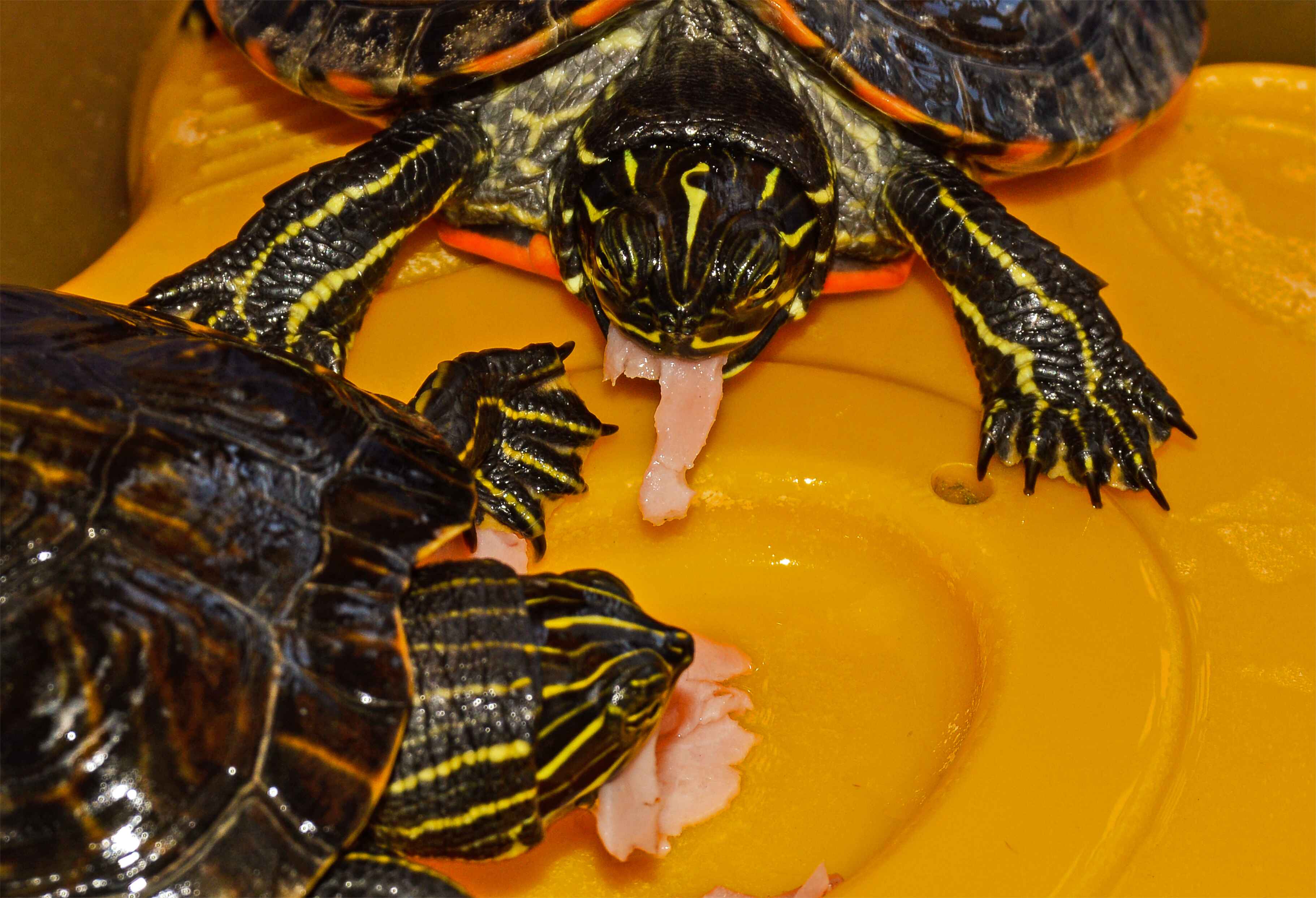
![]()
Handling
Overtime you will build a special connection with your turtle during feeding and caring for them, and they will come to recognize you. However, many turtles including yellow-bellied sliders can become stressed when handled. Handle them gently and deliberately. They may become more accustomed to handling over time, but be careful that they may bite when uncomfortable.
